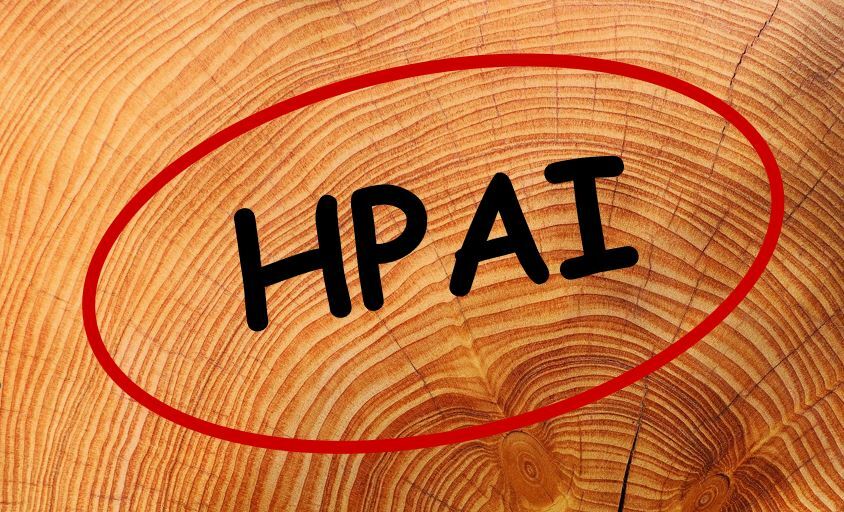Time: 2024-07-14
The United States Department of Agriculture has identified highly pathogenic Avian influenza ( HPAI ) in domestic livestock , including goats and dairy cattle for the first time . This raises concerns about the potential risks posed to swine herds and other domestic livestock . Researchers are conducting experiments to assess the risk HPAI poses to swine and the potential for transmission between different species . The virus is known to replicate in organs beyond the gastrointestinal tract , leading to high mortality rates in infected birds.

Studies have shown that HPAI has been introduced multiple times into the Americas and has led to a change in the epidemiology of the virus , infecting various mammalian species . There is a concern about mammal - to - mammal spread and the potential for increased risks to humans if the virus becomes adapted to mammals . The detection of the virus in wild birds has also raised concerns about the continued circulation and disease transmission among bird populations . Poultry flocks are primarily infected by wild birds , and there have been reports of low pathogenic avian influenza in commercial swine since 1999.
Research is ongoing to understand the risks of HPAI to commercial swine facilities and evaluate the steps involved in species adaptation . Studies have shown that the virus can replicate in the lungs of pigs , with some strains showing limited transmission to contact pigs . While overt clinical signs may not be observed , lesions consistent with influenza A virus have been found in infected pigs . The severity of these lesions varies among different strains of the virus.
To mitigate the risks of HPAI transmission to swine , it is essential to understand the potential sources of infection , such as wild bird populations and contaminated environments . Biosecurity measures play a crucial role in preventing the spread of the virus on farms , including regular monitoring and removal of wild bird droppings from poultry house surroundings . While the risk of HPAI incursion into conventional swine operations in the US may be low , it is important for farmers to remain vigilant and take necessary precautions to protect their livestock.
In conclusion , the assessment of HPAI risks to swine and other domestic livestock underscores the importance of ongoing research and monitoring to prevent the spread of the virus . By understanding the potential pathways of transmission and implementing effective biosecurity measures , farmers can reduce the risk of infection and protect their animals from highly pathogenic avian influenza.